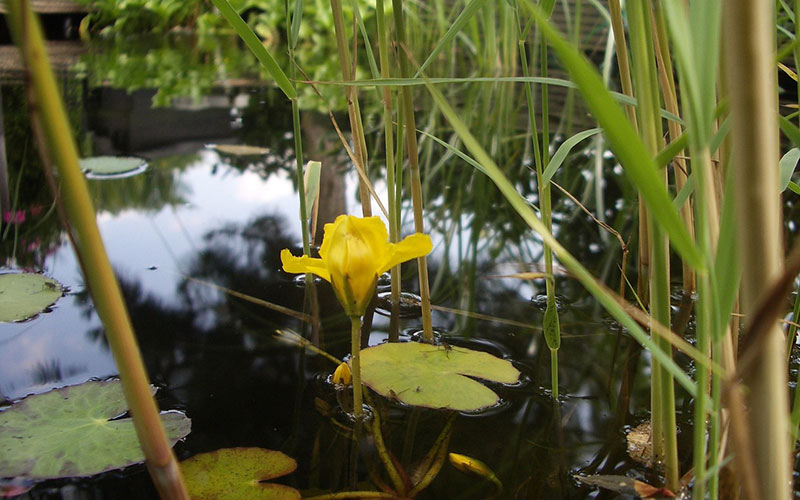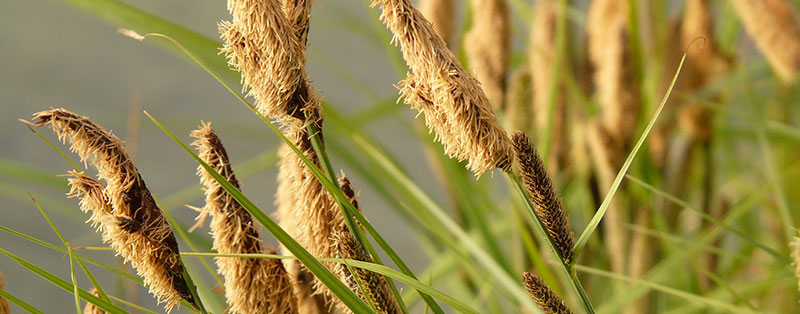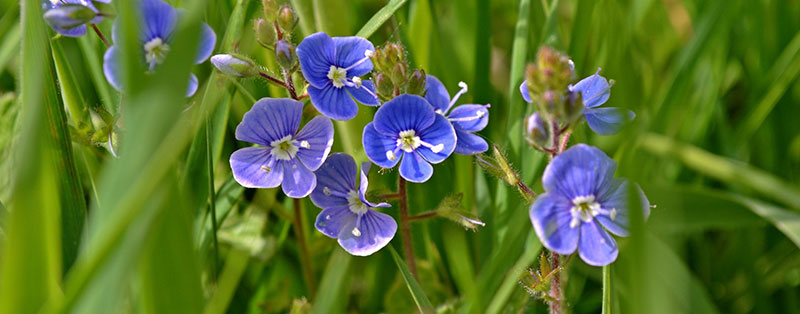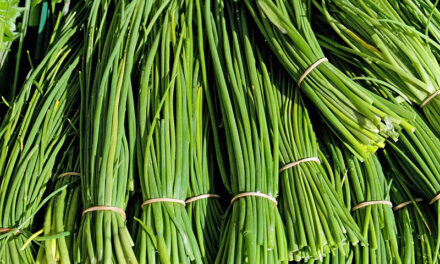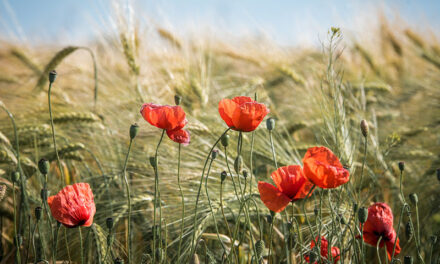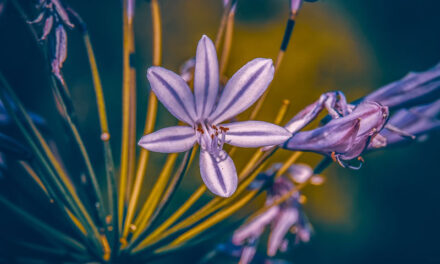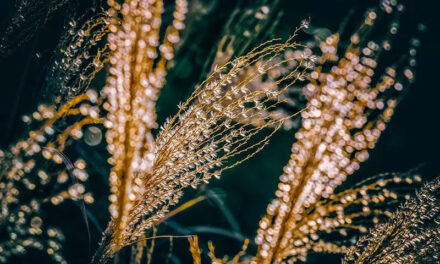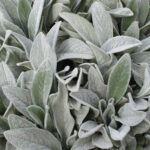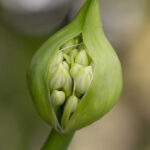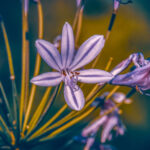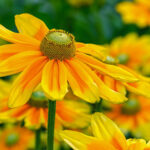In addition to decorative value, swamp plants have a biological supporting function in your pond. Most swamp plants are all suitable as helophytes. A number of different helophytes together in a pond form a helophyte filter. This is a natural filter that purifies the water in your pond.
In addition to the fact that the helophytes ensure the biological balance, they can also serve well as an edge finish in your pond. You can determine the shape yourself, you can create a stream or mini waterfall with it. But you can also have a sleekly designed pond overflow into a sleekly shaped helophyte section. In general, any shape or location is possible, a condition is that the filter and pond are connected to each other and that the water is pumped around.
What is a helophyte filter?
A helophyte filter is basically a sand filter that is planted with helophytes. Helophytes are plants whose root is in the water and the stem and inflorescence protrude above the water. Large concentrations of bacteria develop around the roots of the helophytes, which efficiently break down the waste products in the water. The part of the helophyte that protrudes above the water takes care of the absorption and transport of oxygen to the roots. The bacteria process the waste by means of the oxidation process.
Soil for swamp plants
Swamp plants can be planted directly in the pond soil. If you have a sloping side in your pond, on which the plants cannot attach, you can use a vegetation mat.
The helophytes in the pond are best planted in pond substrate. Lava split or clay granules can also be used as an alternative. You can cover the substrate with a layer of pebbles or use them as a cosmetic cover. The swamp plants should be planted with their roots in the substrate. When planting, don’t forget to remove the containers, nets or soil that are around the roots.
Swamp plants in the helophyte pond
It is recommended to plant several types of helophytes in your helophyte filter. This ensures that nutrients are absorbed from the water throughout the season. Also, don’t plant too many different varieties.
The plants that are undemanding and grow fast get the most nutrients from the water. These are in particular the grass-like swamp plants. Helophytes or marsh plants can of course also be planted in your pond as an edge finish, without this forming a helophyte filter.
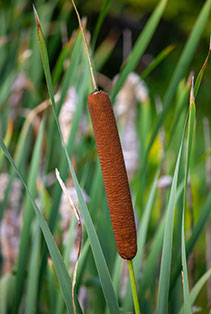
Cattail
The scientific name for the cattail is ‘Typha’. There are two basic types of cattails, both of which act as water purifiers in your pond. These are the lesser bulrush (Typha angustifolia) and the common bulrush (Typha latifolia). These species still have different varieties.
Cattail can be recognized by the obvious ‘cigar’ shape. In the lesser bulrush it is green in color and in the common bulrush it is brown. The common bulrush is about 2 meters high, where the lesser, contrary to what you would expect, can also reach that height. The leaf of the lesser bulrush is narrower than that of the common.
Dwarf cattail
‘Typha minima’ is the scientific name. The dwarf cattail is around 50-60 cm high. The inflorescence is clearly a lot smaller than that of the other cattails.
Broadleaf Cattail
Typha latifolia ‘variegata’ is a variegated form of cattail.
Rushes as Swamp plants
The rushes are a thin, high-growing crop that has multiple functionalities. It is suitable as a plant in the helophyte pond, but can also be braided dry for mats or chair seats. Its scientific name is ‘Schoenoplectus’.
The round stem can transport oxygen through the center of the plant to the roots. The roots of the plant release this oxygen into the soil. Varieties under the rushes are the lakeshore bulrush, common three-square, soft stem bulrush and three-sided rush.
Sedges
Carex is a grass-like species with approximately 2000 subspecies. The Carex Riparia and Carex Pendula are species that are suitable as marsh plants. Carex Riparia is a marsh sedge with silver and blue-greenish leaves. The evergreen plant can reach a height of about 120 cm. It bears elegant dark brown spikes in May and June. The Catex Pendula, or hanging sedge, grows to a maximum height of 150 cm. The green/brown spikes have a very decorative hanging shape.
Sweet flag
Acorus Calamus is a native species with a special inflorescence. The plant flowers with a green/yellow cob-like inflorescence in the months of July and August. The sword-shaped leaf of the calamus is about 80 to 100 centimeters high.
Marsh pennywort
‘Hydrocotyle vulgaris’ is a marsh pennywort and ‘hydrocotyle ranunculoides’ is known as the floating pennywort. Pennywort blooms with light pink flowers in the period from May to September. The leaves are like small screens on the stem to collect enough light. It grows to the surface of the water, to float further up.
Yellow iris and other irises
Yellow iris and other irises look beautiful and are suitable plants for along the edge of your pond. In the article about the iris you can read about different types.
Marsh marigold as Swamp plants
Caltha Palustris is the scientific name of the marsh marigold. A well-known species with yellow flowers that bloom in April and May. This is suitable for a wet spot, which is occasionally under water. The height of the adult perennial is 40 centimeters.
Arrowhead
A beautiful flowering plant with white leaves and a deep purple center. The flowers bloom from June until September. The height of the plant varies from 25 to 95 centimeters, depending on the depth of the water. The scientific name is Sagittaria Sagittifolia.
Brooklime
An evergreen perennial for the edge of your pond. The brooklime blossoms above water. And then it blooms in the months of May to September with clusters of small blue flowers. The Latin name for the brooklime is ‘Veronica Beccabunga’.
Water plantains as Swamp plants
There are different types of water plantains and you can tell which species you are dealing with by the shape of the leaf. They all grow to a height of about 80 to 100 centimeters and bloom with white or pink/white flowers. The flowering period is June to September. The scientific name is ‘Allismatales’.
Horsetail
The ‘Equisetum Japonica’ is a suitable species for the Japanese garden. This is also called the Japanese hollow pipe. During winter the plant keeps the same shape, with its solid green hollow stems and black stripes. The height of the stems is around 30 to 100 centimeters.
Arum lilly
When it flowers, it is a beautiful striking white flowering plant in the months of June to September. The plant is about 120 to 150 centimeters high. Its scientific name is ‘Zantedeschia Aethiopica’.

